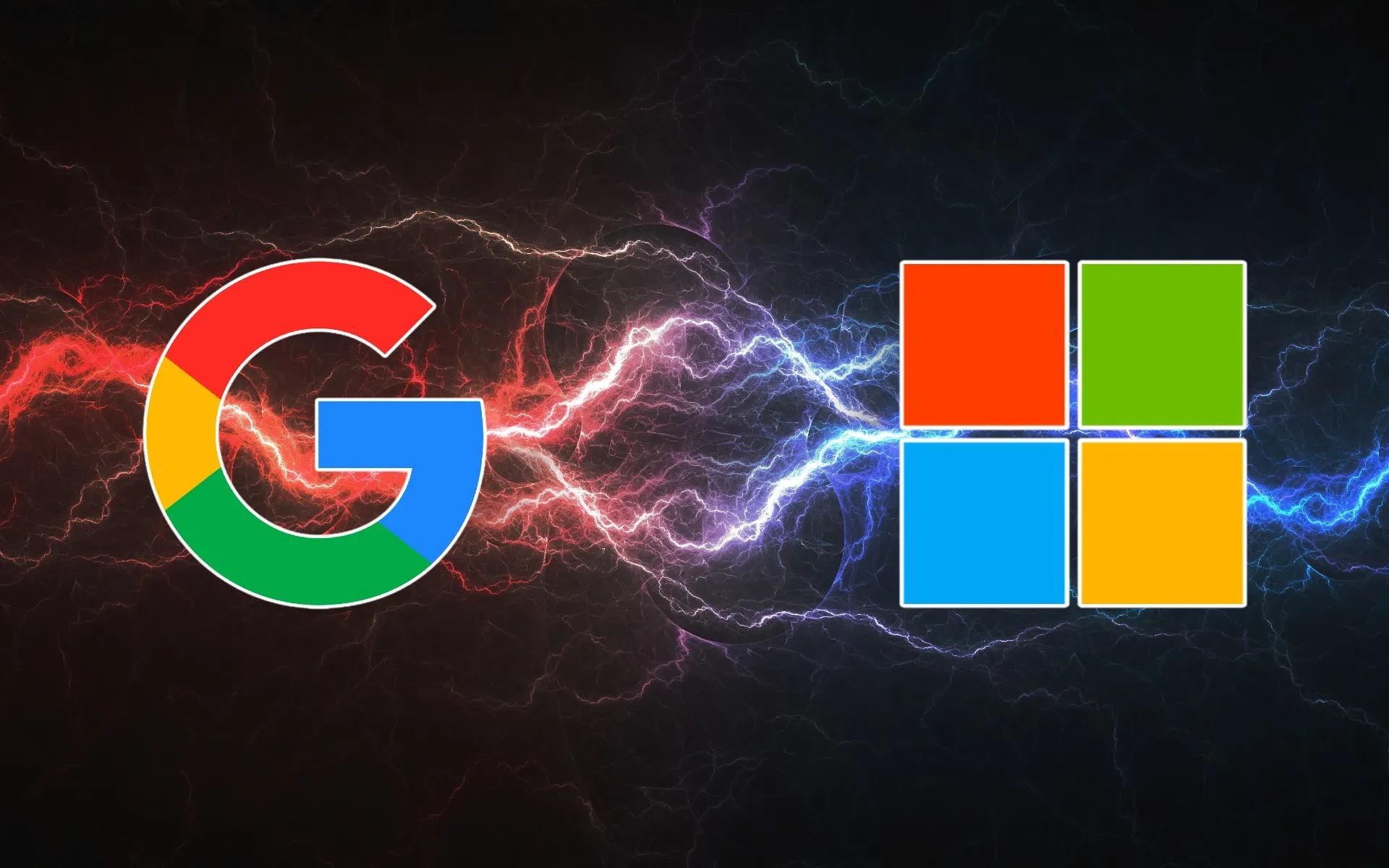In recent years, artificial intelligence (AI) has become a crucial battleground for tech giants Microsoft and Google. Both companies are leveraging AI to enhance productivity, streamline operations, and introduce innovative solutions across various sectors. Here’s a comprehensive look at how Microsoft and Google are deploying their AI technologies and what it means for users.
Microsoft AI: Copilot and Beyond
Microsoft’s AI strategy revolves around integrating AI into its existing suite of products, particularly through its Copilot feature. Copilot is embedded across Microsoft 365 applications, including Word, Excel, PowerPoint, and Outlook, providing users with AI-powered assistance for tasks such as drafting documents, generating insights from data, and managing emails.
Key Features of Microsoft Copilot:
- Document Creation and Management: Copilot can draft documents, offer writing suggestions, and pull data from other Microsoft applications like OneNote and PowerPoint to maintain consistency and enhance productivity.
- Email Management: Copilot helps organize and prioritize emails, draft responses, and summarize conversations, drawing on data from across the Microsoft 365 ecosystem.
- Data Analysis: In Excel, Copilot assists with data visualization, trend analysis, and error correction, making complex data tasks more accessible to users with varying levels of expertise.
- Business Chat: This feature integrates data from documents, emails, and calendars to provide comprehensive summaries and actionable insights, enhancing team collaboration and project management.
Microsoft’s collaboration with OpenAI has also brought advancements such as the integration of GPT-4 into Bing for more sophisticated search capabilities. These innovations aim to transform how users interact with technology, making AI an integral part of daily workflows.
Google AI: Bard and Duet
Google’s AI initiatives focus on making information more accessible and useful through its conversational AI, Bard, and its productivity suite enhancements under the Duet AI brand. Google Bard leverages the Language Model for Dialogue Applications (LaMDA) to provide high-quality, contextually relevant responses by drawing on extensive web data.
Key Features of Google Bard and Duet:
- Conversational AI: Bard is designed to engage users in natural, informative dialogues, helping with everything from explaining complex topics to providing creative writing assistance.
- Document Creation: Google’s Duet AI in Google Docs includes features like “Help Me Write,” which generates content based on user prompts, and smart chips for rapid customization of documents with specific information.
- Email Assistance: In Gmail, Duet offers functionalities similar to Copilot, such as drafting emails, summarizing threads, and adjusting the tone of messages.
- Data Management: In Google Sheets, Duet uses natural language processing (NLP) to create custom templates, correct errors, and provide analytical recommendations, simplifying data handling and analysis.
Google’s AI advancements also include integrating AI capabilities into its search engine, enhancing features like image search and providing more nuanced search results.
Comparing the Two Giants
While both Microsoft and Google are at the forefront of AI development, their strategies highlight different strengths. Microsoft’s integration of AI into its productivity tools makes it a powerful ally for business environments that rely heavily on Microsoft Office applications. On the other hand, Google’s AI efforts focus on broad accessibility and leveraging vast amounts of web data to enhance user experiences across its services.
Productivity Tools:
- Microsoft Copilot is deeply integrated into Office applications, offering robust support for document management, email handling, and data analysis.
- Google Duet provides similar functionalities in Google Workspace but emphasizes ease of use and accessibility, particularly for collaborative tasks.
Conversational AI:
- Google Bard focuses on conversational interactions and drawing information from the web to provide detailed, contextually accurate responses.
- Microsoft’s AI includes business-oriented tools like Business Chat, which synthesizes information from various sources to aid decision-making.
The competition between Microsoft and Google in the AI space is driving significant advancements that benefit users by making AI more accessible and integrated into everyday tasks. Whether it’s through Microsoft’s Copilot enhancing productivity tools or Google’s Bard and Duet offering innovative ways to interact with information, both companies are setting the stage for the future of AI-driven technology.







